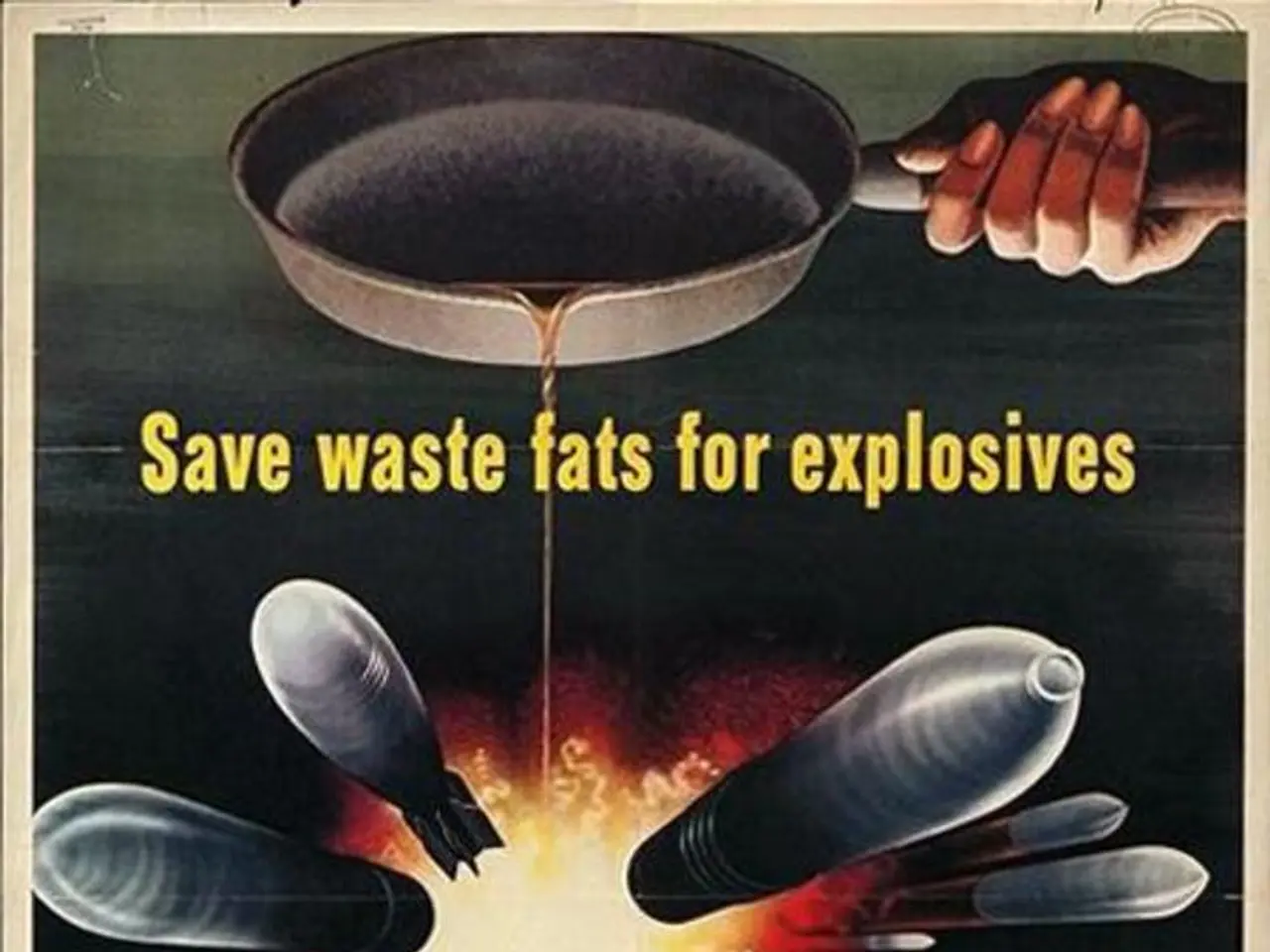Navigating light, passing through debris, and conquering mortality.
Cinematographers and the Perilous Pursuit of Nuclear Test Footage
The history of atomic bomb testing cinematography is a tale of risk, challenge, and innovation. In the immediate aftermath of World War II, cameras were rolled to document the unprecedented power of nuclear explosions.
On June 16, 1945, the Trinity test, an atomic bomb named Trinity, was detonated 60 miles from Alamogordo, New Mexico. Observers, located 15.5 kilometers from the epicenter, were overwhelmed by a deafening, infernal roar. Cameras, protected in bunkers, captured the blinding flash that expanded and touched the ground, creating a towering, swirling, fiery "mushroom" cloud.
In the early 1950s, cinematographers filming nuclear weapon tests in different parts of the country were allocated their own aircraft. These "brides," painted with white titanium dioxide-based paint to maximize reflection of the explosion's flash and thermal effect, were often subjected to dangerous conditions. Operators experienced plane tilting and strong shock waves, and the cameras used in the 1950s did not have protective rubber around the optical viewfinder, sometimes causing operators to cut their faces and get bruises during the shock wave of the explosion.
Despite these perils, cinematographers pushed on, using high-speed and ultra-high-speed cameras to capture the rapid expansion and mushroom cloud formation. Multiple synchronized cameras positioned at various ranges and angles provided comprehensive documentation. Specialized lenses and filters handled intense light and thermal radiation emitted at the moment of detonation, while remote triggering systems operated cameras safely from kilometers away.
In some cases, aircraft and drones were used for aerial footage, coordinated to avoid blast impacts. Dosimetrists on board the accompanying bomber laboratory aircraft measured radiation, initially five kilometers from the nuclear cloud, then as they approached it. Film crew worked in regular clothing, which was either processed in special "laundries" or discarded. Radiation spots would appear on the photoemulsion of the film, even when hidden under a thick metal camera body.
The USSR obtained its own atomic bomb, RDS-1, in August 1949. One of the Soviet "secret" filmmakers rode on top of an atomic bomb and filmed its innards being placed into the teardrop-shaped "shell." Operators never got to see the footage they shot, even though they requested to see and analyze it.
Beyond official test films, later filmmakers and documentarians have reflected on atomic bomb impacts, often working under challenging conditions near nuclear sites or exclusion zones. Modern adventure cinematographers like Philip Grossman combine engineering knowledge about radiation and logistics with filmmaking skills to safely navigate and document nuclear disaster zones.
Detailed accounts of the earliest atomic test cinematographers’ personal experiences are scarce, but documentaries such as "Atomic Echoes" explore the aftermath of atomic bombings and reflect on the human and technical stories behind them. Cinematic works related to nuclear themes, like Dr. Strangelove, though fictional, also emphasize the cultural impact and representation of nuclear weapons.
In summary, atomic bomb testing cinematography has required innovative remote filming techniques and considerable risk management to safely capture these historically and scientifically significant events. Modern filmmakers in nuclear-related contexts continue to face and adapt to unique hazards tied to radiation and logistical challenges.
- The pursuit of nuclear test footage has extended beyond the realm of science, with cinematographers also venturing into medical-conditions, space-and-astronomy, war-and-conflicts, and politics, as evidenced by documentaries like "Atomic Echoes" that explore the aftermath of atomic bombings and their impact on human lives.
- In the early days of atomic bomb testing cinematography, cinematographers used high-speed and ultra-high-speed cameras not only to capture the rapid expansion and mushroom cloud formation but also in other fields such as medical-conditions, space-and-astronomy, and general-news, providing comprehensive documentation and innovative remote filming techniques.
- Despite the dangers and challenging conditions faced by cinematographers during nuclear tests, they have continued to push boundaries, using their skills in filmmaking to document not just nuclear events but also other significant events in the realms of medicine, space, politics, and general news.







